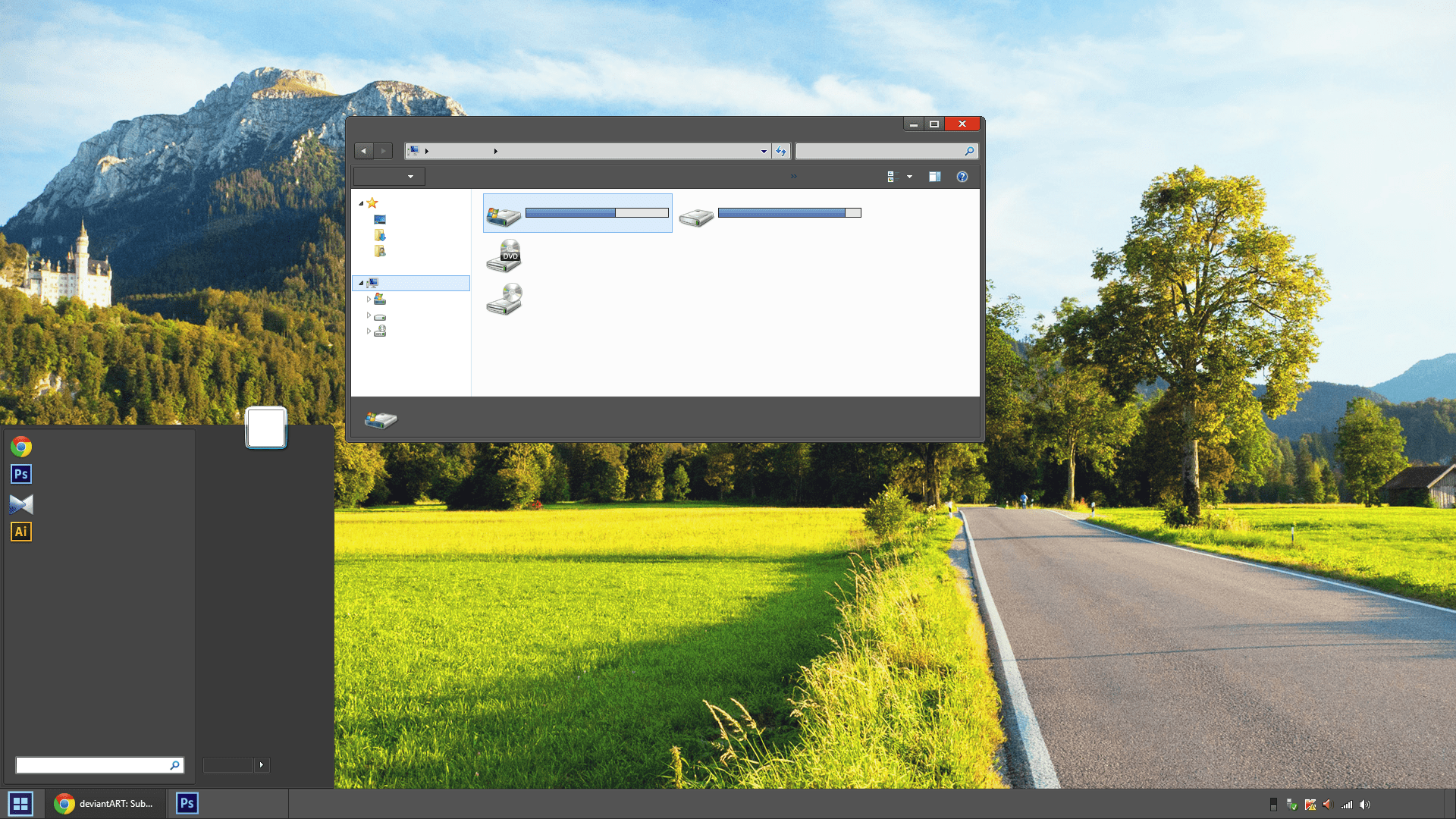
So, until that day comes I thought I’d look at how a Lightroom Classic user could try out this new Super Resolution feature in ACR, by starting in LrC. When will it happen? Adobe doesn’t announce those things in advance, but I’d have to think it will be around the corner. Typically, ACR gets updated at the same time as Lightroom Classic and Lightroom, but that didn’t happen this time. This is particularly noticeable in the full-size image (opens in new tab).In case you missed it, Photoshop and Adobe Camera Raw (ACR) got a new update. It’s long-winded and expensive at $99.99, but given our crop of Porto to work on, it produced a visibly stronger image than either of Photoshop’s efforts. The alternative: GigapixelĪll of which is before you consider Topaz’ popular Gigapixel AI software. In other cases, appreciably, no – your images could very well end up slightly softer, and in either case you’ll be splitting hairs between getting Photoshop to do a basic up-rezzing job or spending more time having Adobe Camera Raw doing its 'Enhance' job. In some cases, appreciably, yes – you’ll be able to enlarge images, preserving, or even creating, extra sharpness as you go. There isn’t really a buying decision, as such – if you have a Creative Cloud subscription that includes Photoshop, you already have Super Resolution, so the question is if it’s worth the extra time. The verdictĪll of this leaves us struggling to make a call. The basic resize – which took seconds – is visibly, appreciably sharper than the Super Resolution version on the right. That makes the score '1-0' in favor of doing things the old fashioned way.īasic image upscaling (left) vs Super Resolution (right) (Image credit: Future)Īt this point we began to question our eyes, our sanity, our reason for being. The difference is almost unbearably slight, but the basic resize (left) shows more sharpness and fine detail than the far more processor and hard disk intensive Super Resolution file on the right. Can you tell the difference? Us neither, although with Super Resolution producing an enormous DNG file each time you use it, our hard disk certainly could.Īlso, zooming into 100% showed a problem. You can see the full-size version here (opens in new tab).Īnd the version on the right (which you can see in full-size here (opens in new tab)) is what it looks like after being 'enhanced'. On the left is what the original image (which you can see here (opens in new tab)) looks like resized to twice its original dimensions using Photoshop’s basic image re-sizer, with resampling set to automatic.


The results 1.) The robin testĪ good example of the limitations of Photoshop's Super Resolution mode is this frame of a robin. While there was always a difference between the two, the difference was rarely in Super Resolution’s favor. We tried a few images – opening them, resizing them to 200% their original linear dimensions, and then layering an 'enhanced' resize on top. If all you want is to create a supersize version of a decent, un-cropped image, you can save substantial amounts of time – and even image quality – using Photoshop’s bog standard image resize. Of course, Photoshop, Bridge and Lightroom (other photo editors are available) have offered image upscaling for years, so what advantages does Super Resolution offer? Having read some breathlessly enthusiastic experiences, we eagerly set up a few comparisons and…results were variable, to put it mildly. How long does Super Resolution take and is it worth it?

Super Resolution is heavily dependent on your system’s GPU, so the more you spent on that, the faster your results will come. Click Enhance (it's good to see Adobe finally embracing the terminology of late-90s classic Enemy of the State), and your computer will whir away for a bit.


 0 kommentar(er)
0 kommentar(er)
